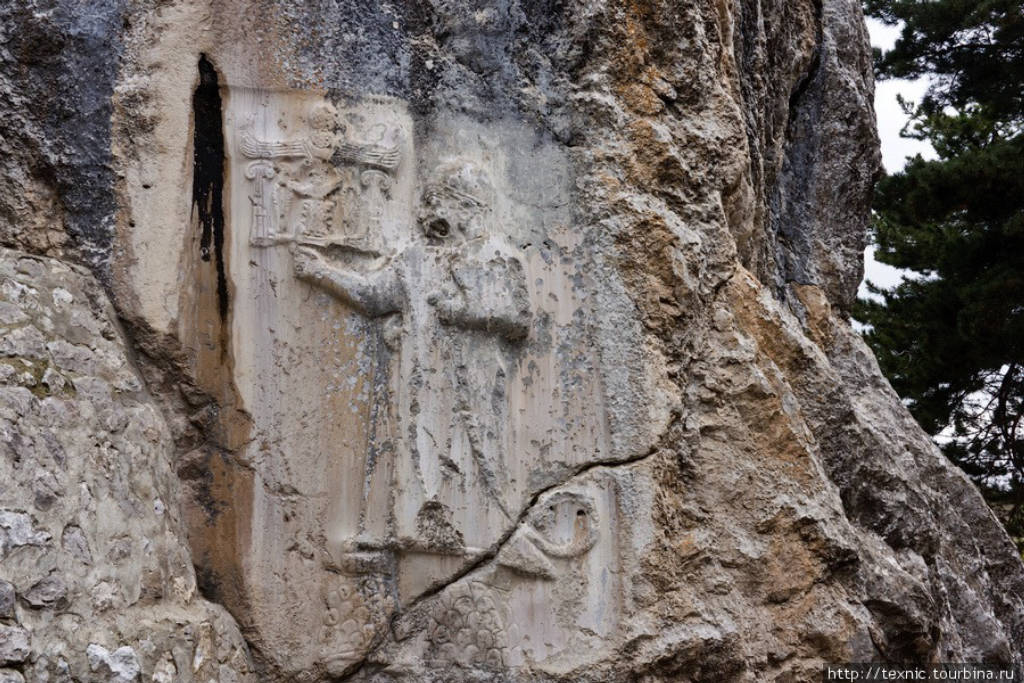The ancient city of Hattuşa is one of the mysteries of ancient human history. This site is an attractive destination for those who love history and explore when they have the opportunity to set foot in Turkey.
One of the significant attractions in the calendar, Hattusa is located near modern Bozkale in the great loop of the Kizilirmak River. The city was once the capital of the Hittite Empire, a late Bronze Age superpower that stretched across Anatolia and northern Syria, from the Aegean in the west to the Euphrates in the east. It is contemporaneous with the oldest dynasties of ancient Egypt - Ramses I, ie about 2,000 BC, but it was not until the end of the 20th century that this site was discovered and people were discovered. The people who built it were the Hittites.
The Hittite Empire is mentioned many times in the Bible as one of the most powerful empires of antiquity. The Hittites played an important role in ancient history, much larger than they are given in modern history books. The Hittites developed the lightest and fastest chariot in the world as well as many other contributions to the course of human history. However, it was not until the end of the 20th century that the existence of the Hittites was known, because in the past, they were only considered a rumor because there was no evidence of the existence of this empire. This changed with the discovery and excavation of Hattusa, along with the discovery of tens of thousands of clay tablets documenting many of the Hittites' diplomatic activities, most importantly the peace settlement signed after the battle. Kadesh between the Hittites and the Egyptians in the 13th century BC.
Hattusa is located at the southern end of the Budakz Plain, on a slope more than 300 meters above the valley, surrounded by rich agricultural fields, hilly land and forests that provide enough timber to build and maintain a big city. At its height, the city covered 1.8 square kilometers, partly inside and outside, surrounded by a large wall about 8 kilometers long that encircled the city. The inner city area is a castle with administrative buildings and large temples. The residence of the royal family, and the courtiers, was built on a high ridge.
To the south of the site is a ring city of about 1 square kilometer, with its gateways exquisitely decorated with curved lines showing images of warriors, lions and sphinxes. Four temples are located here, surrounded by civil works and houses. Outside the walls are cemeteries, most of which have cremated burials. In the city's heyday, it is estimated that 40,000 to 50,000 inhabitants lived. Today, the city is an attractive tourist destination in Turkey for international tourists.
 Register
RegisterSign in Travel Agent
Sign in Supplier
Sign in Affiliate
Sign in Guru



 Ankara - Turkey
Ankara - Turkey